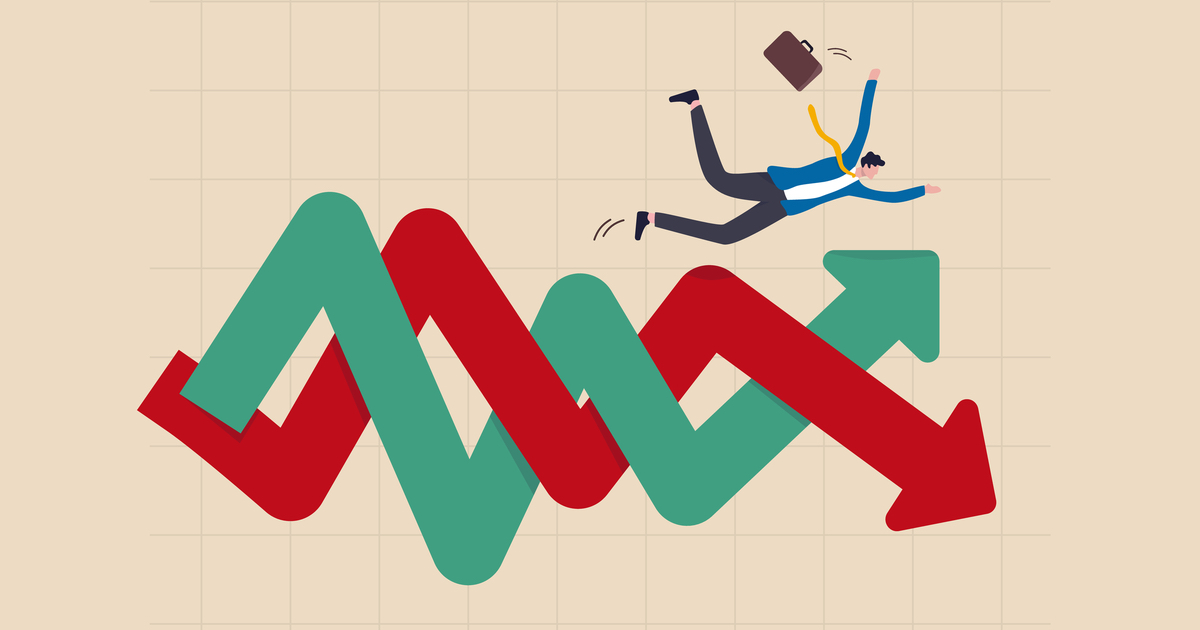Investors should rethink portfolios as ASX plummets

Australian investors have been advised to re-evaluate their portfolios and ensure their investments still align with their financial goals, after the Australian sharemarket fell by five per cent on Tuesday.
Jonathan Philpot, Sydney Wealth Management Partner at HLB Mann Judd, said investors have become too concerned with daily market movements, especially after $90 billion was wiped off the Australian market to fall its hardest since the COVID-19 crash.
“Investors need look at the composition and weighting of their portfolio, and whether it can achieve their goals over a period of time,” Philpot said.
“A home deposit, for example, might be a three-year investment plan, so the portfolio needs to be reasonably conservative. If the goal however has a five to ten-year horizon, the portfolio would require a more balanced approach, such as having at least 50 per cent in shares and 50 per cent in secure investments.
“Beyond that timeframe, a more aggressive investment strategy can be utilised; at least 70 per cent in shares would be an appropriate balance as there’s more time to recover from any corrections in the market.”
Philpot also recommended to young or less-experienced investors especially that they check the historical performance of the asset classes they are interested in to better understand how they behave during bouts of volatility.
He said this can help them not lose sight of the broader investing picture and can provide some comfort during market fluctuations.
“Experienced investors accept volatility and recognise it’s the price you pay for higher returns,” he said.
“Clients that went through the global financial crisis of 2008/09 dealt with the pandemic volatility well, whereas less experienced investors struggled with the extreme movements.
“There’s a lot of historical data available on shares, property and bond market returns over time. The S&P500 Index, for example, had 84 periods of decline between 1946 and 2022 of between five and ten per cent, which is more than one a year; however, on average, it only took one month to recover the loss.
“In addition, ten to 20 per cent declines occurred 29 times – or nearly once every two years – but again, it only took an average of four months to recover.”












Will be under 15k shortly
I hope you did not buy the replacement from the same insurer
I am hearing more and more VERY BAD claim stories about Zurich!!! I have 3 clients myself that have been…
What do mean ‘unintended’? It’s a deliberate ploy to get all insto’s and all advisers out. Banks and union funds…
Similar experience however due to health issues I am stuck with Zurich. Tried to make a trauma claim for cancer…